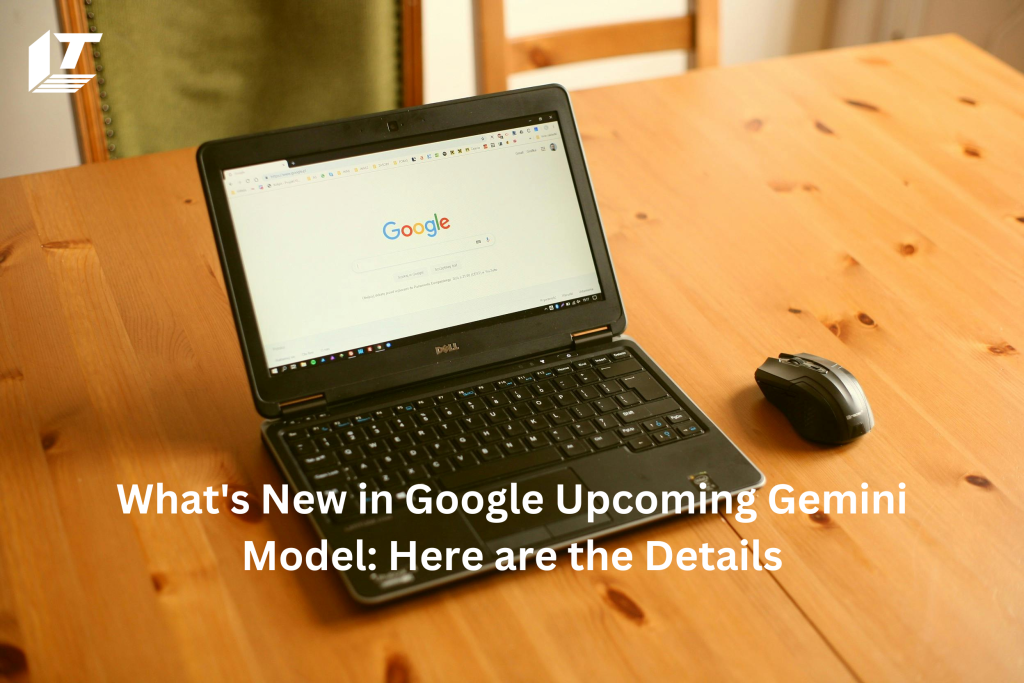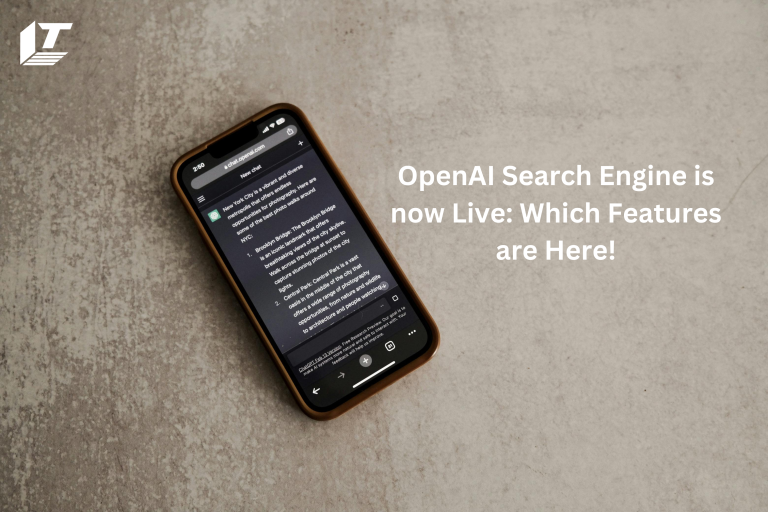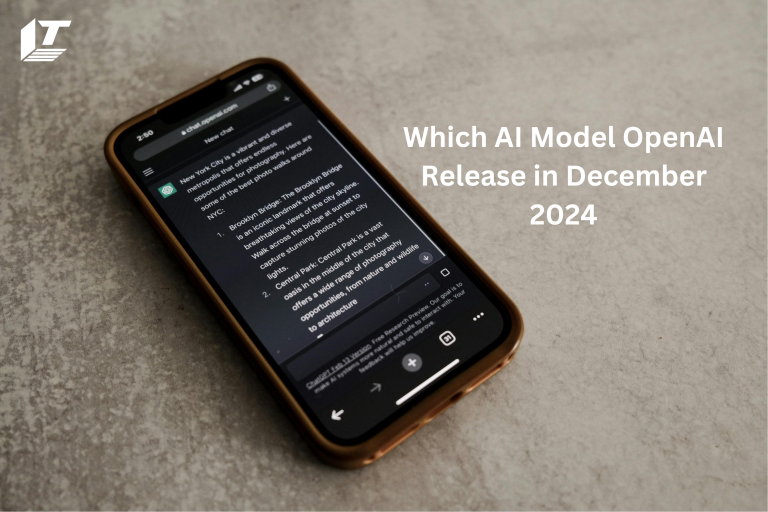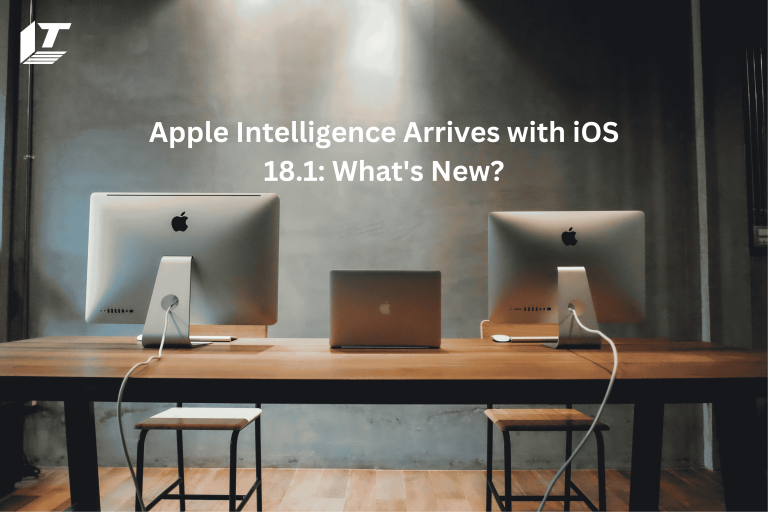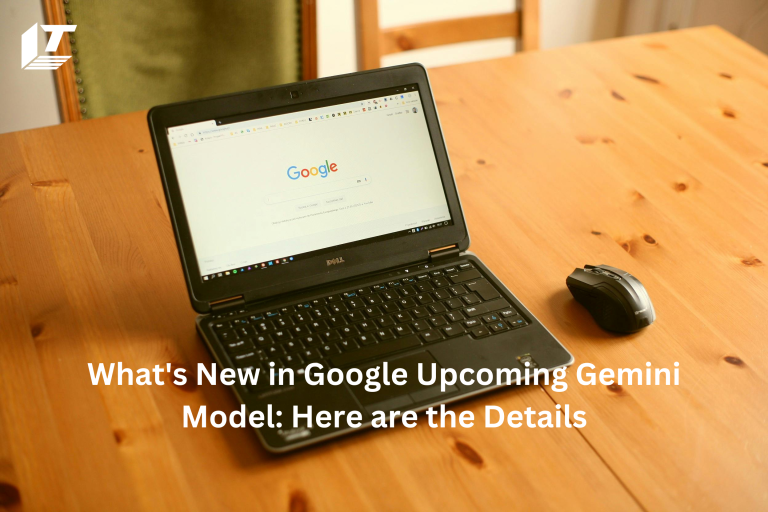With Gemini, its flagship collection of creative AI models, applications and services, Google is trying to create a stir. However, what is Gemini? How is it useful? And how does it compare to other creative AI tools like Microsoft’s Copilot, Meta’s Llama, and OpenAI’s ChatGPT?
We’ve created this helpful guide to help you stay up-to-date on the latest Gemini developments, and we’ll update it as information becomes available about new Gemini models, features, and Google’s plans for Gemini.
In December last year, Google released the initial iteration of Gemini. It seems that during the next couple of months, the corporation may develop the next-generation Large Language Model (LLM). According to The Verge, Google has said it plans to release “Gemini 2.0” in December of this year.
In addition, the report states that it plans to make the upgrade “widely available” shortly after launch.
Here’s what we know now and what the launch will likely look like.
Google Gemini 2.0: What to Expect?
How the AI model will change for its users is not specifically highlighted in the paper. However, it goes on to state that Gemini 2.0 does not show the performance improvements that Google DeepMind CEO Demis Hasabis, and team, had expected.
Nevertheless, in addition to faster processing, the pipeline can see significant performance gains. The next Gemini 2.0 may also improve contextual awareness for users. Additionally, many believe that Google may add Project Astra and camera vision features to the model. Users are currently waiting for more information regarding the launch, as Google has yet to make an official announcement.
Gemini Advanced
Apart from Gemini apps, there are other ways to find Gemini models to help with jobs. Gemini-infused features are slowly finding their way into Google Docs and Gmail, two of the company’s most popular programs.
You must have the Google One AI Premium plan to take advantage of most of them. The $20 AI Premium plan, which is technically a component of Google One, provides access to Gemini in Google Workspace applications such as Docs, Slides, Sheets and Meet. Additionally, it enables what Google calls Gemini Advanced, which integrates the company’s more advanced Gemini models into Gemini applications.
Additionally, Gemini Advanced users get occasional extras such as a larger “context window”, priority access to new features, and the ability to run and edit Python code directly in Gemini. Gemini Advanced can reason through and retain approximately 750,000 words of conversational content (or 1,500 pages of documents). This is in contrast to the 24,000 words (48 pages) that the standard Gemini app can process.
Trip planning in Google Search, which creates personalized itineraries based on suggestions, is another Gemini Advanced exclusive. Gemini will create an itinerary based on factors such as flight times (derived from emails in the user’s Gmail inbox), dining preferences, and details about nearby attractions (derived from Google search and map data). Automatically updates to reflect any changes.
Corporate clients can also access Gemini across all Google services with Gemini Business (an add-on for Google Workspace) and Gemini Enterprise plans. Gemini Enterprise, which includes meeting note-taking, translated captioning, document classification and labeling, costs $30 per user per month, while Gemini Business starts at $20 per user per month.
Gemini in Gmail, Docs, Chrome and more
Gemini lives in Gmail’s side panel, where it can compile emails and message threads. A similar panel can be found in Docs, where it facilitates content creation, editing and idea generation. Create slides and unique visuals in Gemini Slides. Additionally, Gemini creates tables and formulas in Google Sheets to track and organize data.
Gemini’s capabilities now extend to Drive, where it can provide brief project details and file summaries.
Meanwhile, Gemini Meet provides multilingual caption translation.
Recently, Gemini appeared as an AI authoring tool in Google’s Chrome browser. You can use it to replace existing text or create a completely new one. According to Google, it will consider the page you are on when making suggestions.
Gemini Live In-Depth Voice Chats
Users can have “in-depth” phone chats with Gemini through an all-new experience called Gemini Live, which is only available to Gemini Advanced members. It’s accessible even when your phone is locked via Gemini apps for mobile devices and Pixel Buds Pro 2.
With Gemini Live enabled, you can ask the chatbot a specific question while it’s speaking (in one of many new voices), and it will adapt to your speech patterns in real time. Additionally, later this year, Gemini will be able to see and react to your surroundings through photos or videos captured by the cameras on your devices.
Live is also meant to act as a virtual coach of sorts, helping you with brainstorming, event preparation and more. For example, Live can provide advice on public speaking and suggest what skills to emphasize in a future job or internship interview.
Introducing Imagen 3
What: Use Imagine 3, the best text-to-image model available, to create stunning visuals in Gemini. Simply describe your vision, and watch how your ideas quickly become images filled with realistic details.
Additionally, starting with English, Gemini Advanced subscribers can create photos with people, adding more variety to your work.
Why: Because of your limitless imagination, we want to give you the ability to be creative. To help more people realize their ideas with Gemini, we’re also expanding image production to additional nations and languages. Although the quality and accuracy of the images produced by this model have improved significantly, we are always learning and will continue to improve to provide you with the best experience.
Image generation by Imagen 3
Gemini users can use Google’s integrated Imagen 3 model to create artwork and images.
Compared to its predecessor, Imagen 2, Google claims that Imagine 3 is the most “creative and detailed” of its generation and is better able to understand textual cues that it converts into images. Additionally, the model is the largest Imagine model ever for text rendering and produces fewer visual defects and artifacts (at least according to Google).
After users complained about chronological errors, Google was forced to disable Gemini’s ability to create images of people in February. However, as part of a pilot study, Google resumed crowdsourcing in August for specific users, namely English-language users who signed up for one of Google’s premium Gemini plans (such as Gemini Advanced).
Gemini Pro Capabilities
According to Google, Gemini Pro outperforms LaMDA in terms of reasoning, planning and comprehension. In some aspects, the latest version, Gemini 1.5 Pro, which runs Gemini apps for Gemini Advanced users, outperforms the Ultra.
Comparing the Gemini 1.5 Pro to its predecessor, the Gemini 1.0 Pro, reveals several improvements, the main one being the amount of data it can handle. 1.4 million words, two hours of video, or twenty-two hours of audio can be processed by Gemini 1.5 Pro, which can use that information to reason or provide answers to queries.
In June, Gemini 1.5 Pro was made generally available on Vertex AI and AI Studio. It included a feature called code execution, which iteratively improves the code generated by the model to reduce defects. (The code implementation is also compatible with Gemini Flash.)
Through a fine-tuning or “grounding” process, developers can tailor Gemini Pro to specific use cases and situations within Vertex AI. For example, instead of using its own knowledge library, the Pro (and other Gemini models) can be told to use data from third-party sources such as Moody’s, Thomson Reuters, ZoomInfo, and MSCI. Additionally, Gemini Pro can be connected to third-party, external APIs to perform specific tasks, such as automating back-office processes.
AI Studio Pro provides templates to use to create structured conversation prompts. In addition to adjusting Pro’s security parameters, developers can manage the model’s creative range and offer samples to convey tone and style guidelines.
Gemini-powered “agents” can be created within Vertex AI using the Vertex AI Agent Builder. For example, a business could develop an agent that studies past advertising campaigns to recognize a brand’s style, then use that understanding to help deliver new concepts that match that style.
Recapping Gemini AI Models so Far
Within a year of its introduction, Gemini has undergone rapid transformation. Below are some of the most significant changes to the AI model to date with their respective timelines.
December 2023: In December 2023, Google made its entry into the LLM market with the release of Gemini 1.0 and Gemini 1.0 Pro. Before its name change, the Gemini Pro was sold by Bard, and the Google Pixel 8 Pro launched the “Nano” variant.
February 2024: After Google launched Gemini 1.5 in February 2024, it announced that its new model would be able to process and understand more data.
May 2024: Gemini 1.5 Flash was unveiled at Google I/O in May 2024, and Gemma 2 came out a month later.
Models were designed to be easy for developers to use. Project Astra, a multimodal AI helper that can engage in real-time communication via text, voice and video, was also on display.
September 2024: Google revealed the upgraded Gemini 1.5 Pro and Gemini 1.5 Flash variants last month.
Both quality and functionality were enhanced with the update.
It looks like Google is gearing up for its upcoming debut after an exciting year. It’s going to be an interesting few weeks in the AI arena, though, as competitors like OpenAI and Anthropic also have their debuts scheduled for the final two months of the year.
The Gemini Era: Enabling the Future of AI
This marks an important turning point in the history of artificial intelligence and ushers in a new era for Google as we continue to develop rapidly and responsibly, expanding the capabilities of our models.
Gemini has grown significantly so far, and we are working hard to expand its capabilities for further iterations. These include improvements in memory and planning, as well as expanding the context window to handle more data and provide better answers.
We are excited about the incredible potential of a world where AI is used ethically. This innovative future will foster creativity, expand knowledge, improve research, and change the way billions of people live and work globally.
Ada Spark is a tech explorer and creative content creator with 6+ years of experience. Appreciate teamwork and creative strategies to promote content. Always looking to work according to the latest trends and create content that makes a difference. Also familiar with infographics and other forms of content.

